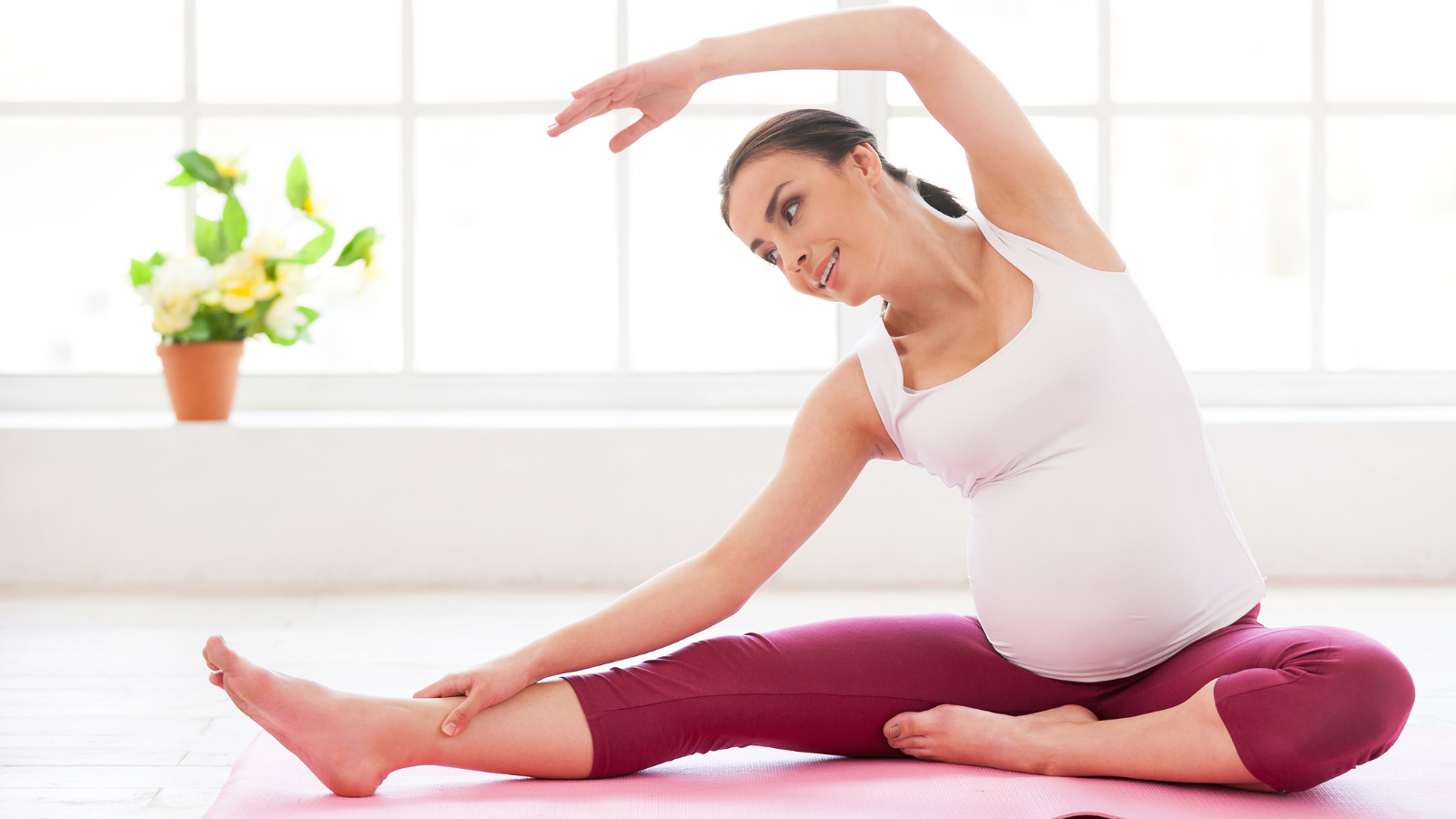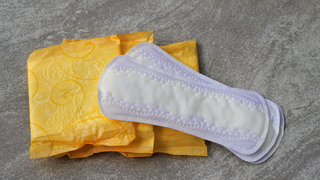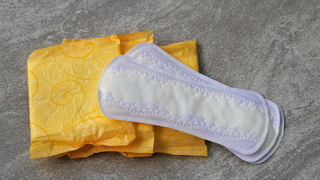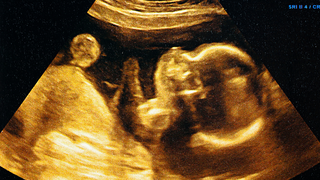In this article:
What Are High-Impact Exercises?
High-impact exercises are activities that involve both feet leaving the ground at once, putting extra pressure on joints and muscles. Common examples include:- Jumping or skipping
- Running or sprinting
- High-intensity aerobics
- Plyometric exercises (like jump squats or burpees)
- Step workouts
What Experts Say
According to obstetricians and prenatal fitness experts in India, staying active during pregnancy is highly recommended, but the intensity of exercise should be tailored to each stage.- First Trimester: Most people can continue their regular routines, provided there are no complications like spotting or dizziness.
- Second Trimester: The belly begins to expand, which may affect balance. Experts suggest switching to lower-impact versions of workouts.
- Third Trimester: The growing bump and loosening joints make high-impact movements riskier. Gentle, supportive exercises are safer at this stage.
Risks of High-Impact Exercises During Pregnancy
High-impact activities can be beneficial for some, but there are potential risks to be aware of:- Joint Injuries: Relaxin makes joints more flexible, increasing the risk of twists or strains.
- Falls and Balance Issues: Shifting weight and a changing centre of gravity may lead to slips or trips.
- Overheating: Excessive heat can be dangerous for both parent and baby.
- Fatigue or Dizziness: The cardiovascular system is under more strain during pregnancy.
- Abdominal Pressure: Some high-impact movements can strain the abdominal wall, leading to discomfort or diastasis recti (separation of abdominal muscles).
Safer Alternatives to High-Impact Exercises
If you love the thrill of movement but want to play it safe, try these effective, low-impact options that keep fitness levels up without overstraining the body:- Brisk Walking: A simple yet powerful way to stay active, improve circulation, and lift mood.
- Swimming: Supports your body weight, relieves back strain, and cools you down.
- Prenatal Yoga: Enhances flexibility, balance, and relaxation while connecting you with your breath.
- Stationary Cycling: Keeps the heart strong without risking balance.
- Modified Strength Training: Light weights or resistance bands can help maintain muscle tone and prepare for labour.
Tips for Exercising Safely During Pregnancy
Here are practical tips to ensure your workout remains safe and enjoyable:- Always consult your gynaecologist before starting or continuing high-impact workouts.
- Warm up and cool down properly to reduce the risk of injury.
- Stay hydrated and avoid exercising outdoors during the hottest hours.
- Choose comfortable, breathable clothing and supportive footwear.
- Avoid lying flat on your back after the first trimester, as it may affect blood flow.
- Pay attention to your body’s signals. If you feel dizzy, short of breath, or more tired than usual, stop right away.
- Opt for supervised sessions if possible, especially with prenatal fitness trainers.
When to Avoid High-Impact Exercise Entirely
Certain conditions may make high-impact workouts unsafe. Medical experts advise avoiding them if you experience or have a history of:- Preterm labour or risk of miscarriage
- High blood pressure or heart disease
- Placenta previa (low-lying placenta)
- Severe anaemia
- Multiple pregnancy (twins, triplets, etc.)
- Persistent bleeding or pain
Listening to Your Body
One of the most valuable lessons pregnancy teaches is body awareness. Every movement you make sends feedback. Recognising what feels right and what doesn’t helps create balance between fitness and safety.You may notice that something easy one week feels harder the next, and that is normal. Rather than pushing yourself, try to adapt. Fitness during pregnancy is not about reaching a goal; it is about staying healthy.
High-impact exercises during pregnancy are not off-limits for everyone, but they do need careful thought, caution, and a personal approach. The best way is to balance being active with staying aware of your body.
If you focus on safety, choose lower-impact options when needed, and listen to your body, you can stay fit and energised during pregnancy. Remember, movement is like medicine, but it works best when you are mindful.
Your goal is not to break records. It is to build a healthy, strong body that is ready for the journey ahead.
FAQs on Pregnancy and Exercise: The Truth About High-Impact Workouts According to Experts
- Can I continue running during pregnancy if I was a regular runner before?
If you ran regularly before pregnancy, you may continue with shorter, slower runs after consulting your doctor. Always monitor for discomfort, fatigue, or changes in balance, and switch to walking or low-impact activity when needed. - Is jumping safe during pregnancy?
Jumping increases strain on joints and the pelvic floor. It’s best avoided, especially after the first trimester. Replace it with gentle strength or cardio movements that minimise pressure. - How soon after delivery can I restart high-impact exercise?
It depends on the type of delivery and recovery. Generally, experts recommend waiting at least six weeks post-normal delivery and longer after a C-section, but always ask your healthcare provider before resuming intense workouts.











